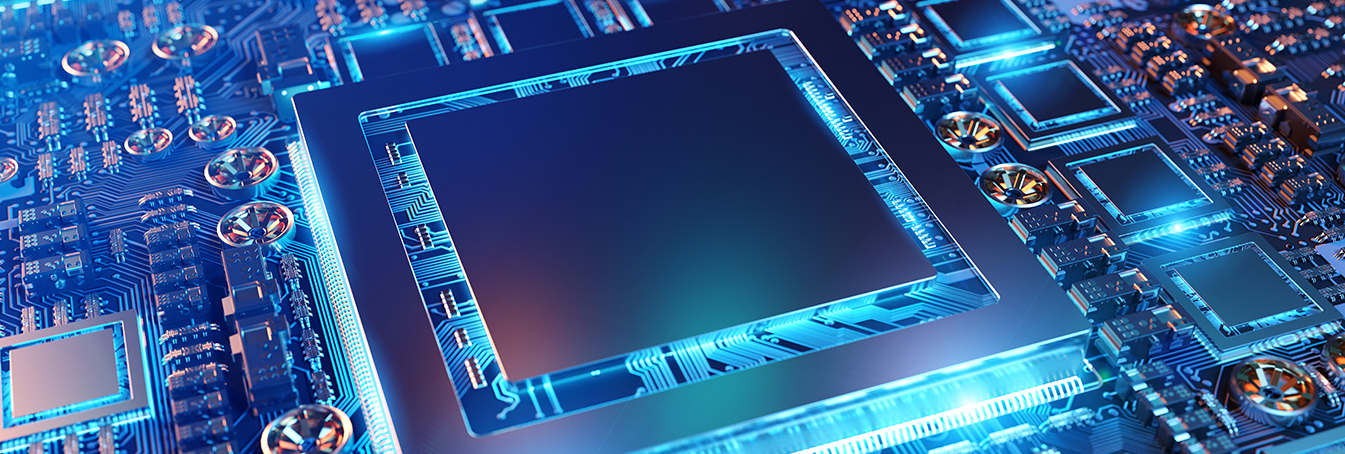In 2022, physicists Alain Aspect, John Clauser, and Anton Zeilinger (and posthumously John Bell, who came up with the concept in the 1960s) collect their Nobel Prize for physics thanks to their groundbreaking work on quantum entanglement as a clever scientific journalist defined it as “one seriously long-distance relationship” between particles. Without exploring the details of a concept that essentially suggests that two particles, which might be even millions of kilometers away, can act as a single unit. Such particles can instantaneously transfer a quantum state between each other no matter the distance between them. Apart from adding more realistic scenarios for the study of phenomena until now reserved to the realm of science-fiction such as teleportation, the aforementioned Nobel laureates’ discovery could lead to entirely unconventional developments in science, information technology, and communications.
The setting where quantum entanglement is playing itself in the realm of information technology is the microprocessor. Microprocessors are built on the base of a semiconductor, made from materials whose molecular structure allows them to act as conductors, or insulators, of electricity. Following a complex manufacturing process, the semiconductor (usually crystalline silicon) is transformed into a complex integrated circuit called a microprocessor or microchip, which serves as a veritable brain for our current electronic devices in a multitude of industrial, civil, or military applications. The ‘assembly line’ for semiconductors relies on thousands of steps and a few hundred composite materials such as gases and wafers. Indeed, the manufacturing process of semiconductors is a microcosm of globalization itself, involving a globalized and specialized ecosystem of research facilities and foundries that from the design to the complete product stage span the world.

The Nanometer Challenge
What the world will be trying to achieve in the next few years is searching for solutions to get around what has been, until now, the standard for achievement in microchip design: that is shortening the distance between its transistors – the components through which the semiconductor’s electronic circuits are controlled. Thanks to 50 years of continuous innovation, since Federico Faggin created the first microchip, the distances between transistors are measured in the realm of nanometers, millionths of a millimeter. Therefore the most advanced microchips to date such as those made by Taiwan’s TSMC, South Korea’s Samsung, or NVIDIA already present microscopic distances of as little as 3nm. IBM has even managed to achieve 2nm chips, which are no wider than a strand of DNA, and able to contain the inconceivable number of 50 billion transistors in a single chip. Intel predicts that by 2030, that number could be a trillion following Moore’s law (wherein the number of transistors on a microchip doubles every two years. In the simplest terms, the more miniaturized a microchip is, the more efficient and powerful it is. However, just as the ancient legend of the chessboard and the exponential increase in grains of rice (which a king promised a servant as a reward) shows the impossibility of fulfilling exponential increments, miniaturization has a limit.
And, if not now, the world will have reached that limit by 2030 due to the physical and engineering difficulties that miniaturization requires. Apart from the technological challenges, the research and manufacturing of microchips have relied on a global industrial scale involving dozens of countries, thousands of suppliers, and several ‘bottlenecks’ (quality control-related procedure, testing). The logistics involved have served as a precursor of economic globalization phenomenon itself. The next stages of microchip development, those necessary to achieve the ‘quantum’ leap should, in theory, follow a similar path. However, there have been economic and geopolitical challenges to consider. Until the Covid-19 pandemic, the microchip business model has split into two broad categories: design and manufacturing – whereby the design aspect is the more profitable (that is it generates the highest added value). Meanwhile, the manufacturing, or the foundry segment, has also favored concentration, owing to technological evolution – and more technical complexity – and the related investments. This has left few players left in the industry even as it has increased investment costs. Nevertheless, while these aspects create almost insurmountable financial and logistical barriers, the evolution of computing is seen as so crucial that it too has to face an ever more hostile geopolitical environment as what the microchip industry faced in the first generation.

US-China Geopolitical Tensions: the Cold Microchip War
The rising and inevitable US-China rivalry — shifting ever more from the economic to the military — illustrates this shift. US President Biden has launched the first salvos of the ‘chip war’ severely limiting processor exports to China (while stopping these altogether to Russia). This development alone marks the cornerstone of a world that appears to have entered a new phase: a de-globalization. But the aim is not to favor isolationism and re-industrialization (in the traditional economic powers). The trend has been described as friendshoring (re-shoring in national markets and in allied countries), which means that geopolitics has become all the more essential to the development of the microchip industry. This means that the shift to quantum computing and artificial intelligence may take separate courses. On one side, the Washington-led NATO/western oriented world now more consolidated (at least on the surface) than ever due to the war in Ukraine. On the other, a separate supply chain, led by China and moving along partners in its south-Asian sphere of influence, the Middle East, Eurasia and Africa, where Beijing has been establishing economic, industrial and political links through its Belt and Road Initiative (BRI), the new Silk Road.
Current circumstances have allowed geopolitics to break into the future of computing as never before. Of course, microchips, advanced electronics and even the internet -– like so much of technological progress – have always sprung from military and strategic premises. Just like the history of aviation, military demands have shaped and driven the evolution of computing machines and related hardware (and software). The concentration of so much of the computing leaders in the United States owes much to the fact that its market evolved from military needs expanding into the consumer market. But, as the market has become global, so too have the supply chain risks. And the recent Pandemic demonstrated just how a disruption in the supply chain from China could block the European and North American auto industry because of a shortage of microchips. While those disruptions have waned, Washington’s steps to limit the exchange of microchip technology with China carries uncertain long-term consequences. The US government intends to favor, through federal subsidies, to bring chip manufacturing in all its phases back to the US through huge investments in foundry and research facilities. But, European and Asian governments have proposed similar measures.
Uncertainty Compromises Progress
These shifts will add a great deal of uncertainty in an industry that has, until recently, defined the very meaning of globalization. The main problem of the de-globalization trend, or reshoring, is that most microchips are still made in Asia. Shifting the manufacturing to the ‘West’ will inevitably make chips more expensive, while government incentives cannot be relied upon in the long term. The reality is far riskier than the optimistic investments from the White House suggested. No single country will succeed in establishing microchip supremacy. There are too many factors involving security, technological capacity, economic viability, production capabilities, and market demand being just a few.
The big challenge is for the West, which is trying to undo the policies that allowed China, Taiwan, and South Korea to become leaders in microchip production over the past few decades. Surely, US companies like NVIDIA or Applied Materials have led technological and creative aspects of microchip production. But innovation also needs reliable and cheap manufacturing to make it viable. As for quantum computing, its potential and development cannot be fully unleashed within the context of the ever-edgier US-China relationship. The scope of the technology, and its implications, are such that a more global approach becomes more desirable — not to mention more practicable given a wide range of scientific and engineering capacities. Quantum computing has become a major factor in the emerging geopolitical-technological cold war. Simply, quantum computing’s calculation, encryption, security, and modelling capacity could be millions of times greater than the best of the current generation of computers. And modern microchip design appears to have reached its limit. The absence of a global approach creates a winner take all scenario whereby whoever wins the quantum race will gain true control of the world.




0 Comments